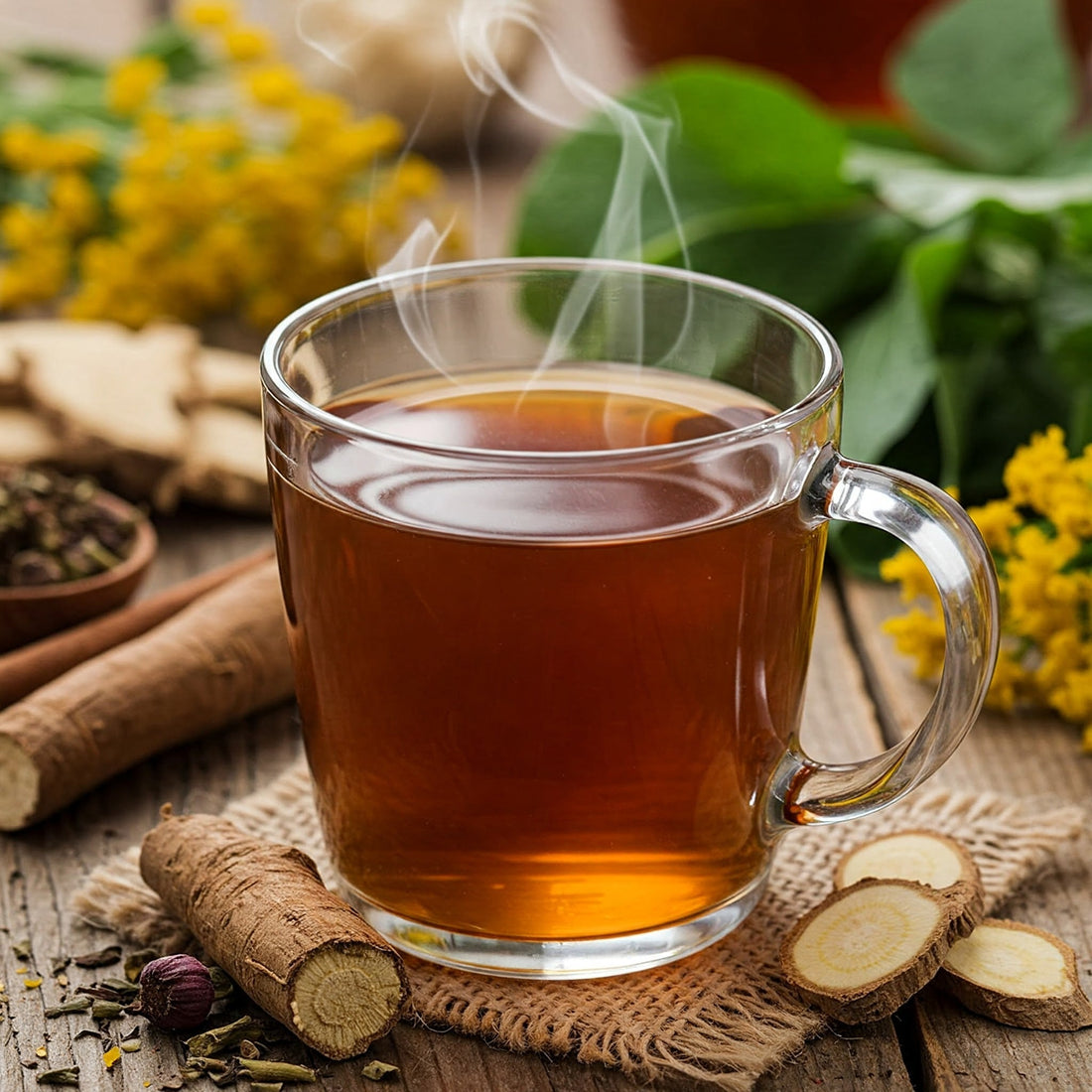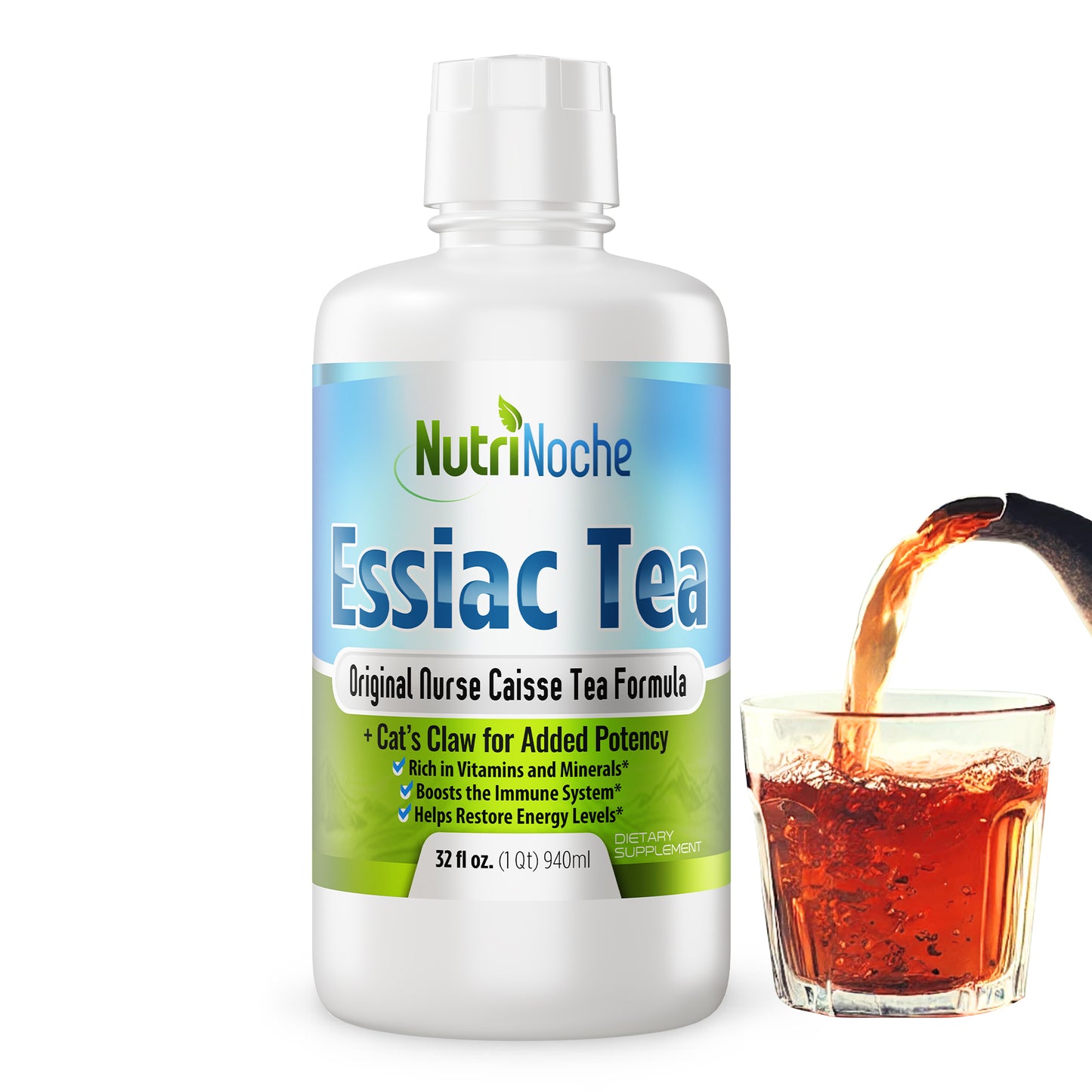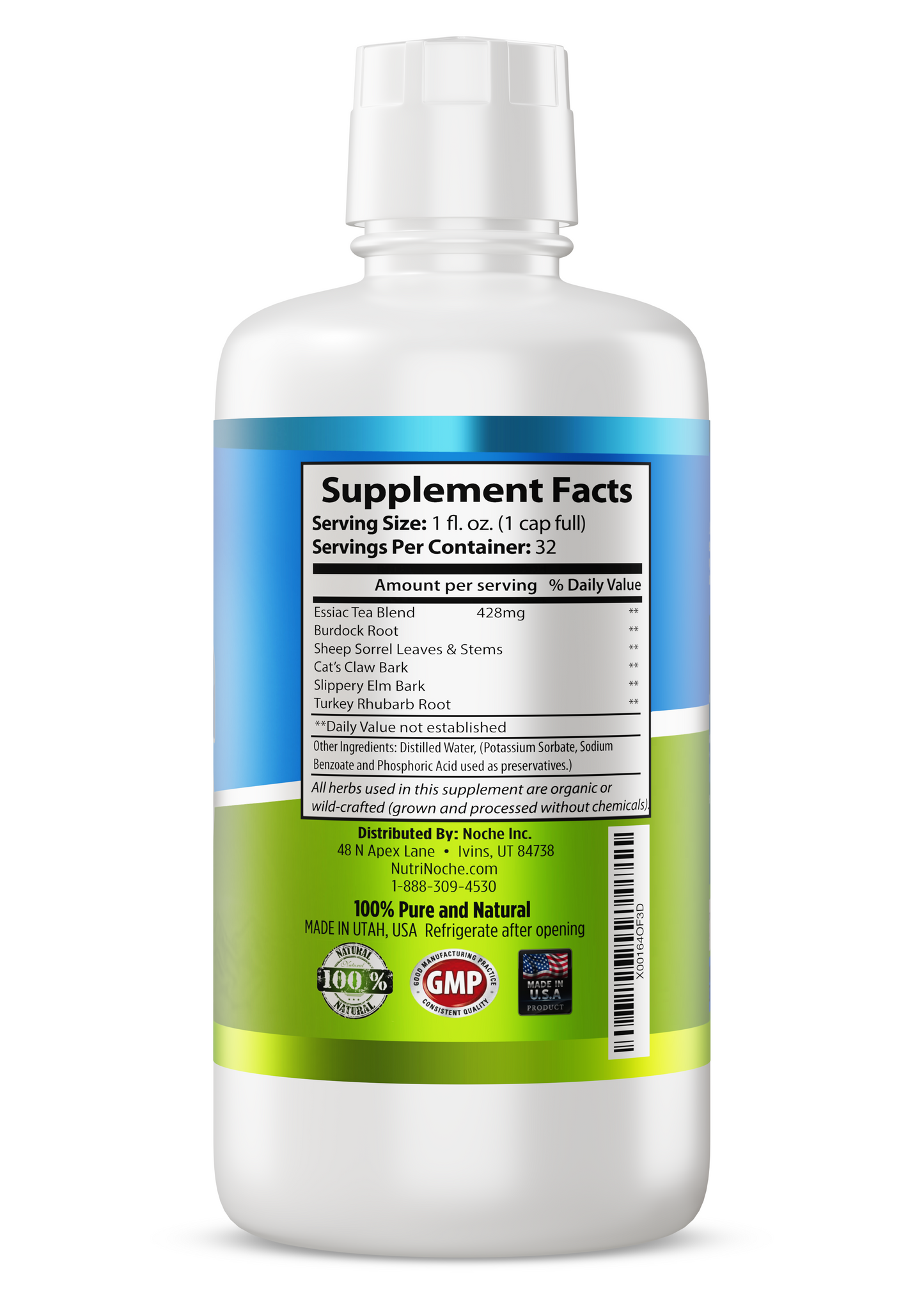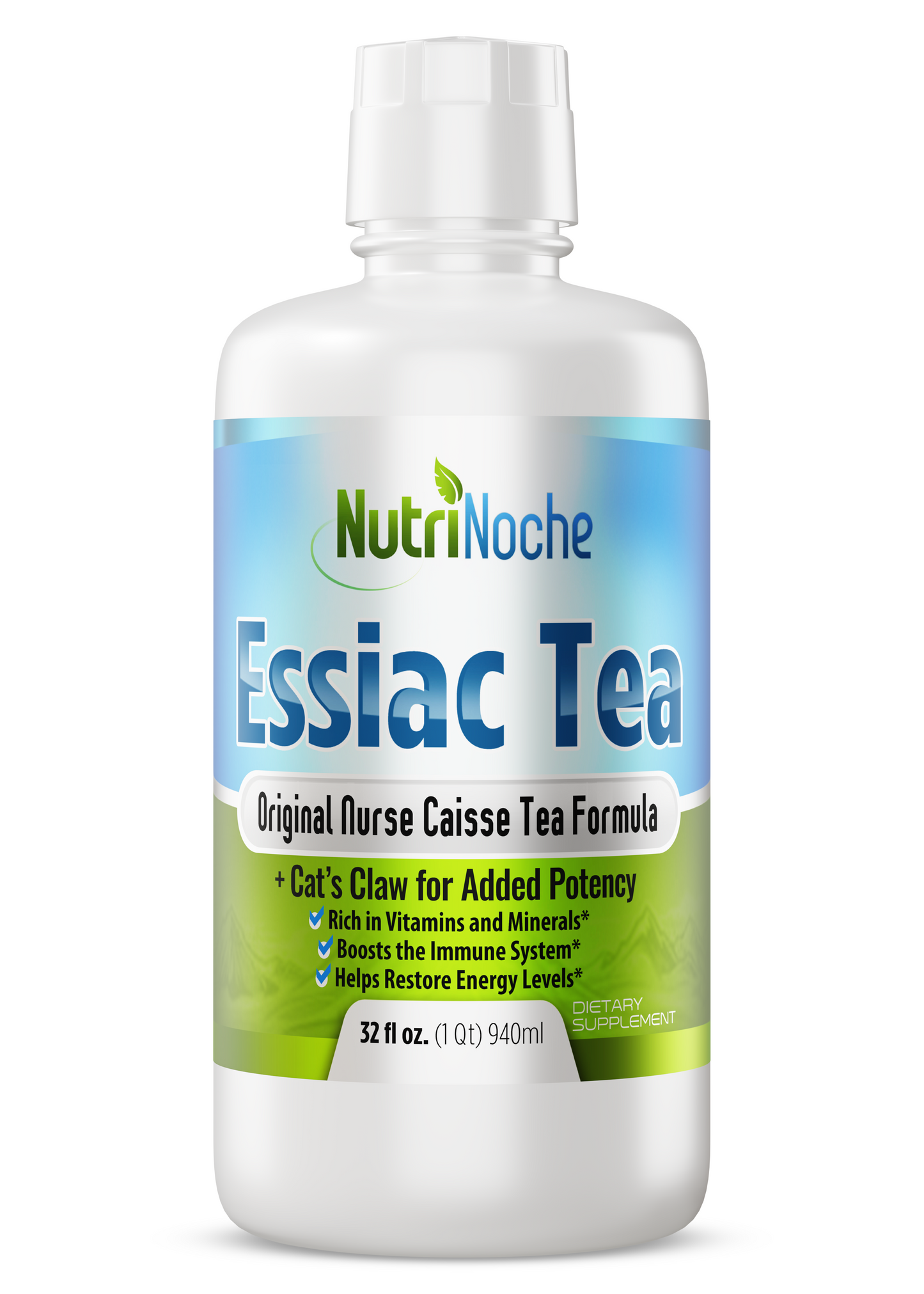
Essiac Tea Recipe: The Ultimate Guide to Brewing This Powerful Herbal Remedy
Share
How to Make Essiac Tea – Authentic Essiac Tea Recipe & Brewing Guide
Learn how to brew Essiac Tea at home with the original recipe using burdock root, sheep sorrel, slippery elm bark, and turkey rhubarb root. This complete guide covers its history, ingredients, brewing steps, potential benefits, and the most frequently asked questions about Essiac Tea.
What Is Essiac Tea?
Essiac Tea is a traditional herbal tea blend made with burdock root, sheep sorrel, slippery elm bark, and turkey rhubarb root. It has been used in natural wellness practices for nearly a century and is valued by many for its potential detox, digestive, and immune-supportive properties.
The History of Essiac Tea
The recipe is believed to have originated with the Ojibwa people of Canada. In the 1920s, nurse Rene Caisse brought Essiac Tea to public attention after learning about it from a patient. Later, she collaborated with Dr. Charles Brusch to refine the formula. Since then, Essiac Tea has been widely embraced in natural health circles.
Traditional Essiac Tea Ingredients
Burdock Root (Arctium lappa)
Rich in antioxidants and inulin, burdock root makes up about 53% of the blend.
Sheep Sorrel (Rumex acetosella)
Comprising 35% of the recipe, sheep sorrel contributes minerals like iron and vitamin C.
Slippery Elm Bark (Ulmus rubra)
About 10% of the blend, slippery elm supports digestive health.
Turkey Rhubarb Root (Rheum palmatum)
A small but potent portion (2%), often associated with cleansing and mild laxative properties.

How to Make Essiac Tea at Home (Step-by-Step Recipe)
Ingredients
- 24 oz (1½ lb) burdock root
- 16 oz sheep sorrel herb powder
- 4 oz slippery elm bark powder
- 1 oz turkey rhubarb root powder
Equipment
- Glass or stainless steel pot (avoid aluminum)
- Strainer
- Amber glass bottles
- Kitchen scale
Brewing Instructions
- Bring 1 gallon of distilled water to a boil.
- Add 4 oz of the herb mixture, stir well.
- Cover and simmer for 10 minutes.
- Turn off heat, stir, and let steep for 12 hours.
- Reheat to boiling for 10 minutes.
- Strain into sterilized bottles, cool, and refrigerate.

How to Drink Essiac Tea
- Shake the bottle gently before use.
- Mix 2 oz of tea with 2 oz of hot (not boiling) water.
- Drink on an empty stomach, once daily for general use or up to three times daily.
Potential Benefits of Essiac Tea
- Antioxidant properties: Protects against oxidative stress.
- Digestive support: Slippery elm and rhubarb aid gut comfort.
- Liver and kidney support: Burdock and sorrel are traditionally linked with detoxification.
- Immune nourishment: Herbal blend provides natural plant compounds.
Precautions & Safety
- Not recommended during pregnancy or breastfeeding.
- Consult your physician if on blood thinners, diabetic medications, or with chronic conditions.
- Use only high-quality, organic herbs.
Top 10 Questions About Essiac Tea (FAQ)
1. What is Essiac Tea good for?
Essiac Tea is traditionally used in natural wellness for detoxification, digestive support, and immune health.
2. How do you make Essiac Tea?
To brew Essiac Tea, boil the four-herb mixture, steep for 12 hours, reheat, strain, and refrigerate.
3. How long does Essiac Tea last in the fridge?
Properly brewed Essiac Tea can last up to two weeks in the refrigerator if stored in sterilized amber bottles.
4. When is the best time to drink Essiac Tea?
It’s best consumed on an empty stomach, either first thing in the morning or before bedtime.
5. Can you drink Essiac Tea daily?
Yes, many people drink it daily, usually 1–3 times depending on personal preference and guidance from a healthcare provider.
6. Does Essiac Tea have side effects?
Possible side effects may include mild digestive discomfort due to its cleansing nature. Always consult your doctor before use.
7. Can you buy ready-made Essiac Tea?
Yes, Essiac Tea is available in pre-brewed bottles and dry herb blends from trusted natural wellness suppliers.
8. How much Essiac Tea should I drink?
A common serving is 2 oz of tea mixed with 2 oz of hot water, taken one to three times daily.
9. Can Essiac Tea be used with other supplements?
Essiac Tea can often be combined with other supplements, but it’s wise to check with a healthcare professional to avoid interactions.
10. Where can I buy authentic Essiac Tea herbs?
Authentic Essiac Tea herbs can be purchased from reputable herbal supplement companies that provide organic, lab-tested ingredients.










